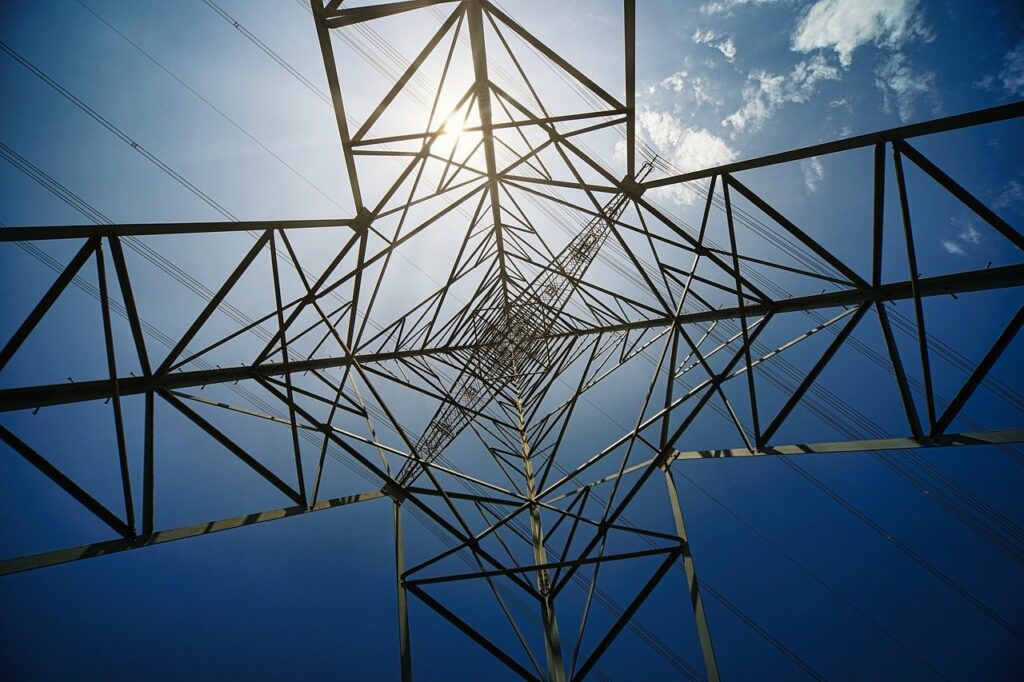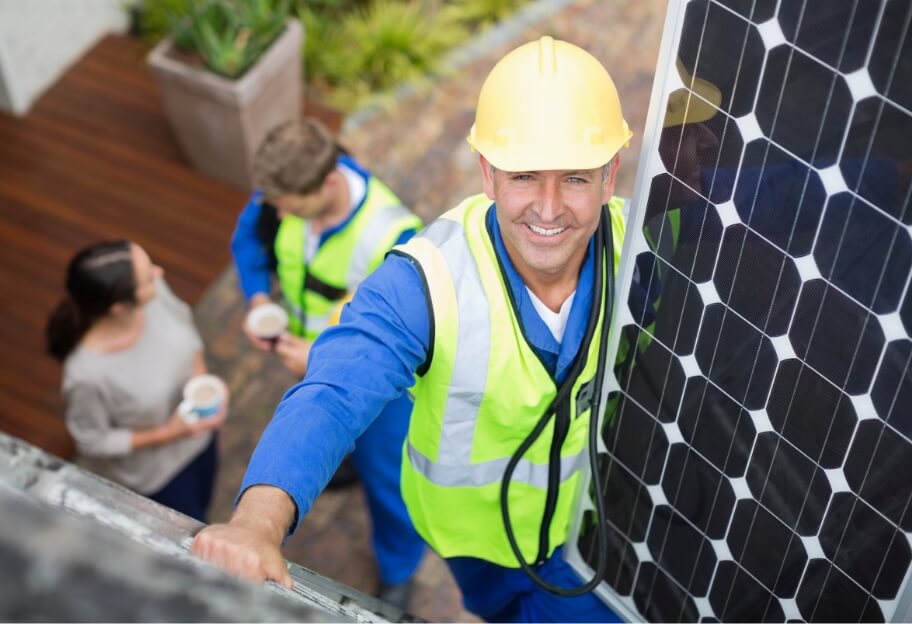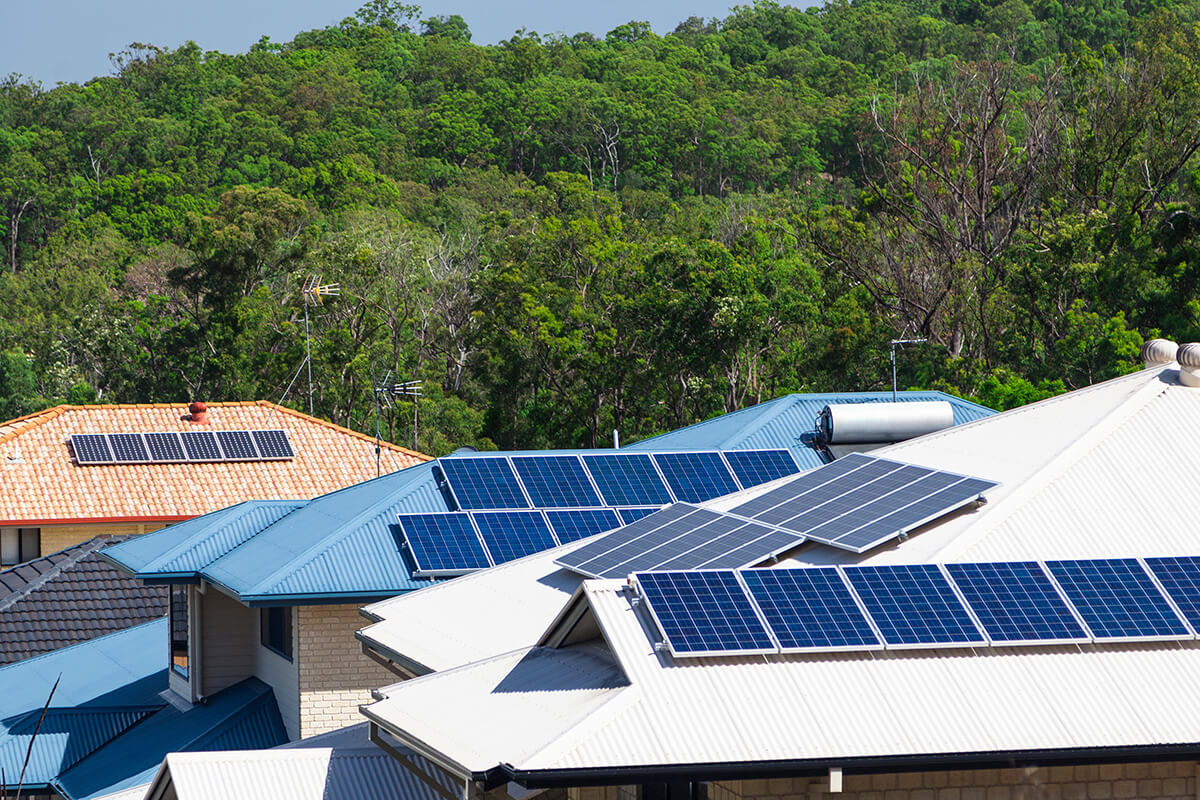Victorians have embraced solar in a big way, with rooftop installations transforming how households and businesses manage energy bills and reduce emissions. This rapid uptake in solar in the state is due in part to rising energy bills and the generous Victorian solar rebate. But as more solar panels pop up across rooftops, new challenges arise for the electricity grid—especially during times when solar production outpaces energy demand.
Victoria is tackling these challenges head-on with the introduction of an Emergency Backstop Mechanism, ensuring that the state’s energy system can remain secure while continuing to support the rapid growth of rooftop solar.

What’s the Challenge?
When solar exports are high, but energy use is low—such as on sunny, mild days when households aren’t using much power—the grid can face a situation called minimum system load. This happens when electricity demand on the grid is at its lowest, and solar systems are generating at their peak. If the grid receives more power than it can safely handle, it risks exceeding operational limits, which could lead to blackouts. While these “minimum system load emergencies” are rare, they pose a serious risk to the stability of Victoria’s electricity system.
The Emergency Backstop Mechanism
To address these risks, Victoria is introducing a measure that allows new and replacement rooftop solar systems to be remotely curtailed during extreme emergencies. This capability will act as a last-resort safety net to protect the grid, ensuring that Victoria can continue its transition to renewable energy without compromising system security.
How Will It Work?
The backstop will be a last resort and will not affect the supply of electricity to the home. It will only be used when required by the Australian Electricity Market Operator (AEMO) and only for as long as necessary, targeting rare emergencies when solar exports are too high to be safely managed.
How Is It Being Implemented?
The backstop mechanism has been rolled out in two stages:
- Stage 1: Large Solar Systems (effective 25 October 2023)
- Applies to systems greater than 200 kW.
- Large-scale solar installations will need to include remote curtailment capabilities to manage output during emergencies.
- Stage 2: Small and Medium Solar Systems (effective 1 October 2024)
- Will include systems less than or equal to 200 kW.
- This will apply to most new residential and small business solar systems.
Why This Is Necessary
By introducing the backstop mechanism, the Victorian government is creating a solution that allows more solar to be safely installed across the state. This means:
- Greater Solar Uptake: Households and businesses can continue adopting solar energy without fear of overwhelming the grid.
- A Secure Grid: Emergencies will be managed swiftly to prevent blackouts and ensure energy stability.
- Support for Renewable Growth: These measures pave the way for increased adoption of renewable energy while aligning with Victoria’s vision for a zero-emission future.

What Does This Mean for You?
If you’re planning to install or upgrade your rooftop solar system, your installer must ensure it is emergency backstop enabled. This involves:
A Compatible Inverter: Your system must include an inverter capable of remote management, allowing the export and generation from the inverter to be adjusted when required.
A Reliable Internet Connection: This ensures that your distribution business can communicate with your inverter effectively during emergencies.
Your installer will guide you to ensure your system complies with the new standards (effective 1st October 2024), so you can continue enjoying the benefits of solar energy safely and efficiently.
If you do not have rooftop solar, or if your existing rooftop solar system was installed before 1 October 2024, these changes will not impact you.
Why This Is Good News for Solar in Victoria
While the idea of remote curtailment might raise questions, it’s a crucial move to future-proof Victoria’s grid. By addressing system security risks during rare emergencies, these measures ensure that rooftop solar can continue to grow safely and sustainably. At all other times, your system will continue operating as usual—generating clean, cost-effective energy for your home or business.
Looking to Go Solar?
At Solar Market, we’re here to help you navigate these changes and make the most of your solar investment. Whether you’re installing a new system, upgrading an existing one or adding a battery, we connect you with three trusted solar providers to ensure you get the best system for your needs.
Stay informed, stay solar-savvy, and join the growing number of Victorians taking control of their energy future!










